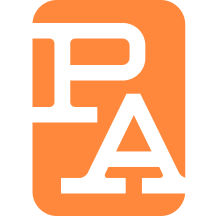Acupuncture


Acupuncture is one of the oldest forms of medicine currently practiced around the world. Formally introduced to the U.S. in 1971, acupuncture has rapidly grown in use and popularity over the past three decades. According to the 2002 National Health Interview Survey–the largest and most comprehensive survey of complementary and alternative medicine (CAM) used by American adults to date–an estimated 8.2 million U.S. adults have tried acupuncture, and an estimated 2.1 million U.S. adults used acupuncture in the previous year.
1. Barnes PM, Powell-Griner E, McFann K, Nahin RL. Complementary and alternative medicine use among adults: United States, 2002. CDC Advance Data Report #343. 2004.
What is Acupuncture?
Acupuncture involves the use of very fine needles inserted into the skin at various anatomical locations (acupoints) around the body. This usually painless procedure achieves homeostasis and restores normal physiological function to the body. In other words, acupuncture balances the body to make it work better.
Traditional Acupuncture Theory
Traditional acupuncture theory states that qi and blood flow throughout the body to bring nourishment and oxygen to all of the body’s internal organs, muscles, and related tissues. When a blockage occurs in this vital flow, disease results. The cause of this blockage may include poor diet, lack of exercise, stress, or physical trauma.
- Acupuncture seeks to restore the flow of qi by unblocking the meridians associated with the area of disease or imbalance. Click here for a Western medical perspective on
- Qi is a Chinese term for vital energy or life force and is believed to regulate a person’s spiritual, emotional, mental, and physical balance
- A Meridian is a vertically oriented pathway on the body that connects acupuncture points. There are 14 major meridians encompassing over 360 acupoints.
Questions? Read a Western medical perspective or contact Peninsula Acupuncture today for more information.
